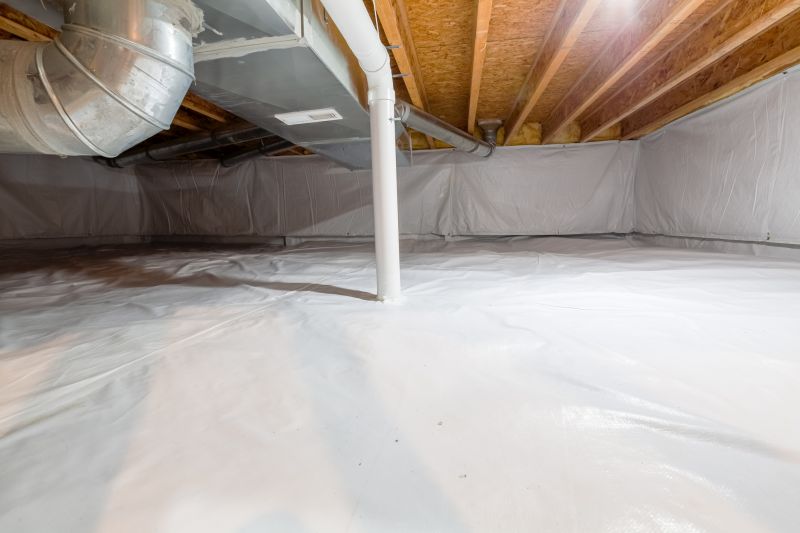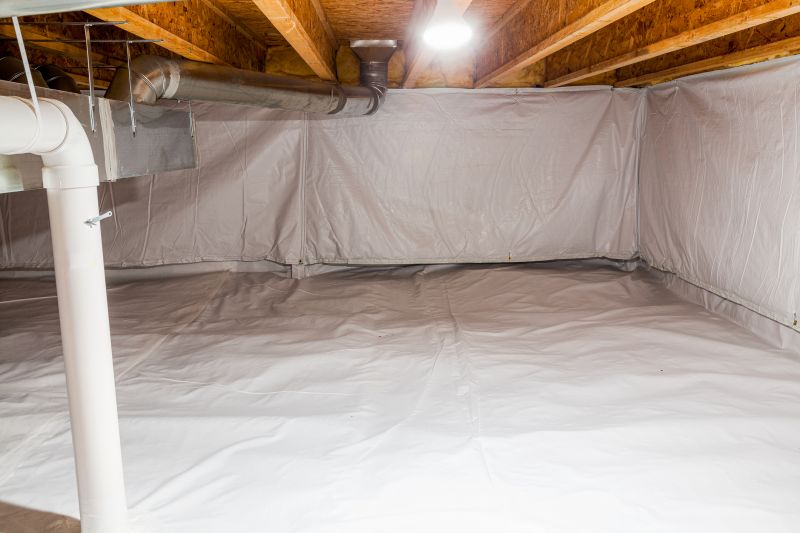Reliable Crawlspace Encapsulation to Improve Home Efficiency
Crawlspace encapsulation involves sealing and insulating the crawlspace area beneath a building to prevent moisture intrusion, improve air quality, and enhance energy efficiency. Proper encapsulation can significantly reduce mold growth, wood rot, and pest infestations, contributing to a healthier indoor environment.
Encapsulation prevents excess moisture from entering the crawlspace, reducing the risk of mold and structural damage.
Sealing the crawlspace helps maintain consistent indoor temperatures, lowering energy costs.
Reducing mold and dust mites improves indoor air quality and supports respiratory health.




Failure to encapsulate a crawlspace can lead to increased humidity, mold growth, and structural deterioration. Studies indicate that unsealed crawlspaces can contribute to indoor humidity levels exceeding recommended standards, fostering mold and pest issues. Additionally, energy bills may rise due to heat loss through unsealed vents and gaps. Encapsulation mitigates these risks by creating a controlled environment beneath the home.
| Risks of Not Encapsulating | Benefits of Encapsulation |
|---|---|
| Increased mold growth | Reduces mold and mildew formation |
| Structural damage from moisture | Protects foundation and wood components |
| Higher energy costs | Improves insulation and energy efficiency |
| Pest infestations | Creates a barrier against pests and rodents |
| Poor indoor air quality | Enhances overall air cleanliness |
| Wood rot and decay | Prevents deterioration of structural elements |
| Unpleasant odors | Eliminates musty smells from moisture buildup |
Proper crawlspace encapsulation offers numerous advantages, including energy savings, improved indoor air quality, and protection against structural damage. Ignoring these issues can result in costly repairs and health concerns over time. Filling out the contact form can provide a detailed quote for crawlspace encapsulation tailored to specific needs.
